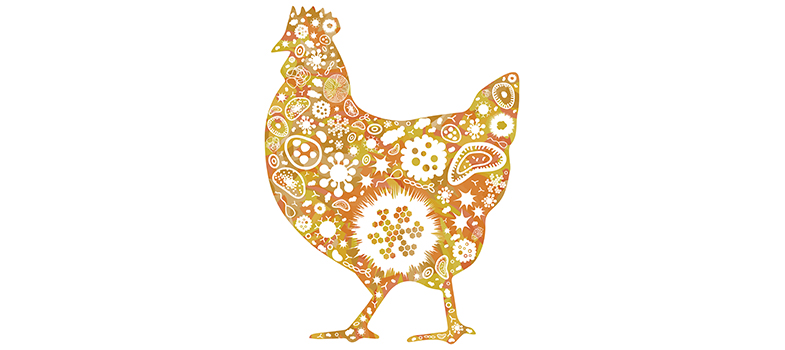4.2 Alternatives to antimicrobials
Alternatives to antibiotics can minimise antimicrobial use in animals. This is achieved by helping to prevent and control infectious diseases.
4.2.1 Vaccinations
Vaccinations are an effective way to prevent bacterial and viral diseases in people and animals. Making better use of existing vaccines and developing new vaccines are important measures to reduce the need for antimicrobials.
Vaccines work by training your immune system to recognise and respond to a pathogen. The immune response prevents the establishment of an infection, or it decreases the severity of the infection. If enough animals are vaccinated, you can achieve
Antibacterial vaccines prevent infections in animals that would otherwise require antimicrobial treatment, while
Vaccines present some challenges – notably to do with logistics. Many vaccines must be given by injection to individual animals, leading to increased labour costs and stress caused by handling. Also, many vaccines need to be kept cold or frozen. For vaccines to be more widely adopted in LMICs, they need to be accessible, cheap, easy to store and supported by government.
4.2.1.1 Alternatives to using AGPs
The bulk of antimicrobials used in animals is thought to be for growth promotion purposes, so using alternatives to AGPs is a critical priority for the agriculture sector.
There are a number of alternative products for growth promotion, including:
Probiotics – these are live microbes (yeast, fungi, bacteria) that improve the balance of bugs in the gut also have preventative health benefits. Good for all food animals.Prebiotics – these are organic compounds that are broken down by healthy bugs in the gut and selectively stimulate these bugs to grow.In-feed enzymes – these help animals break down and digest plant materials they otherwise cannot utilise effectively. Good for ruminants (cattle, sheep).Antimicrobial peptides – these are short molecules with antibacterial properties toxic to certain bacteria.
The Pew Charitable Trust has published a report on alternatives to antibiotics in animal agriculture (Pew Charitable Trust, 2017). If you wish you can find detailed information on the Pew Charitable Trust website [Tip: hold Ctrl and click a link to open it in a new tab. (Hide tip)] .
Note, these alternative treatments need to be selected with care as some may be antagonistic or compete with each other.
4.1 Biosecurity and hygiene



